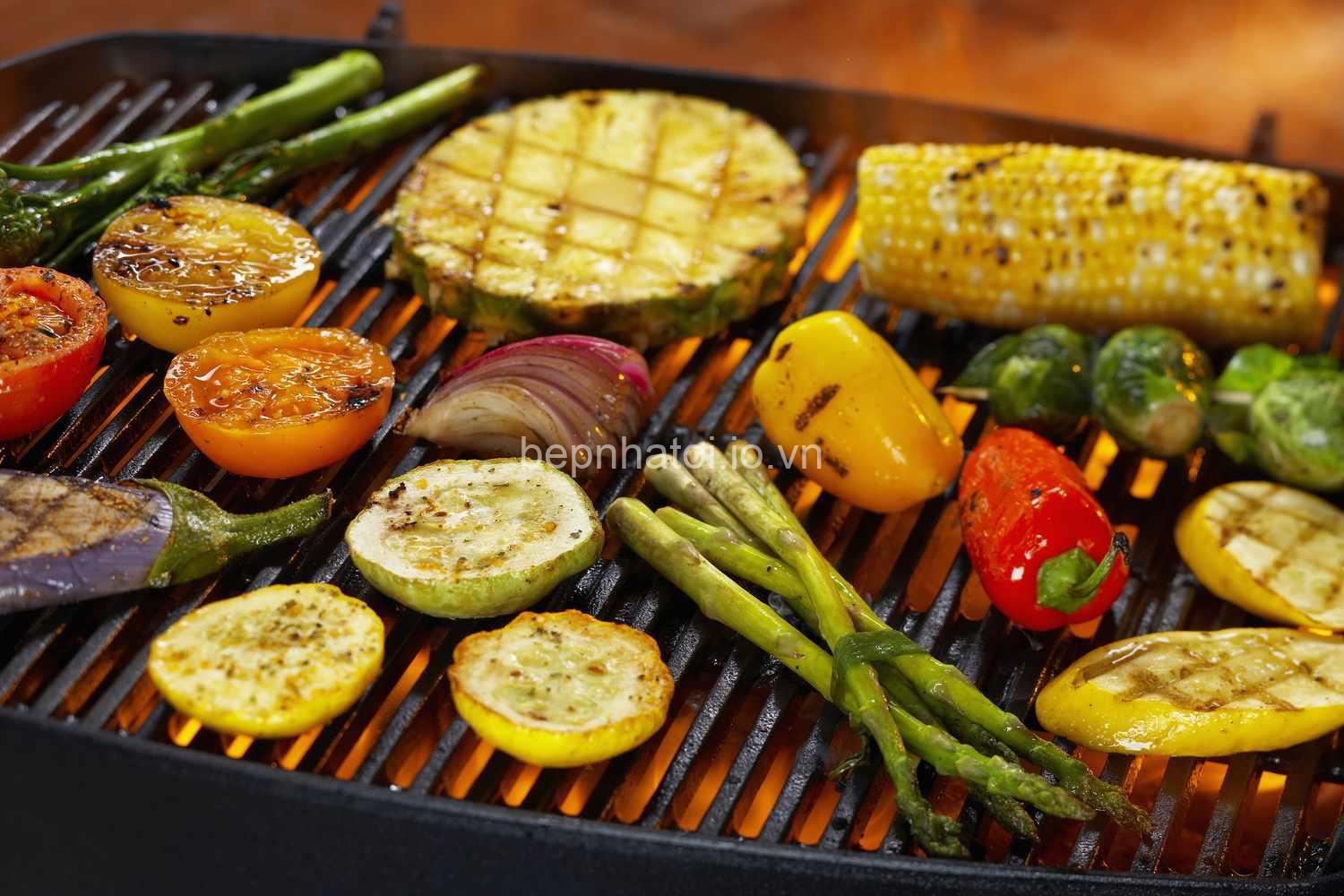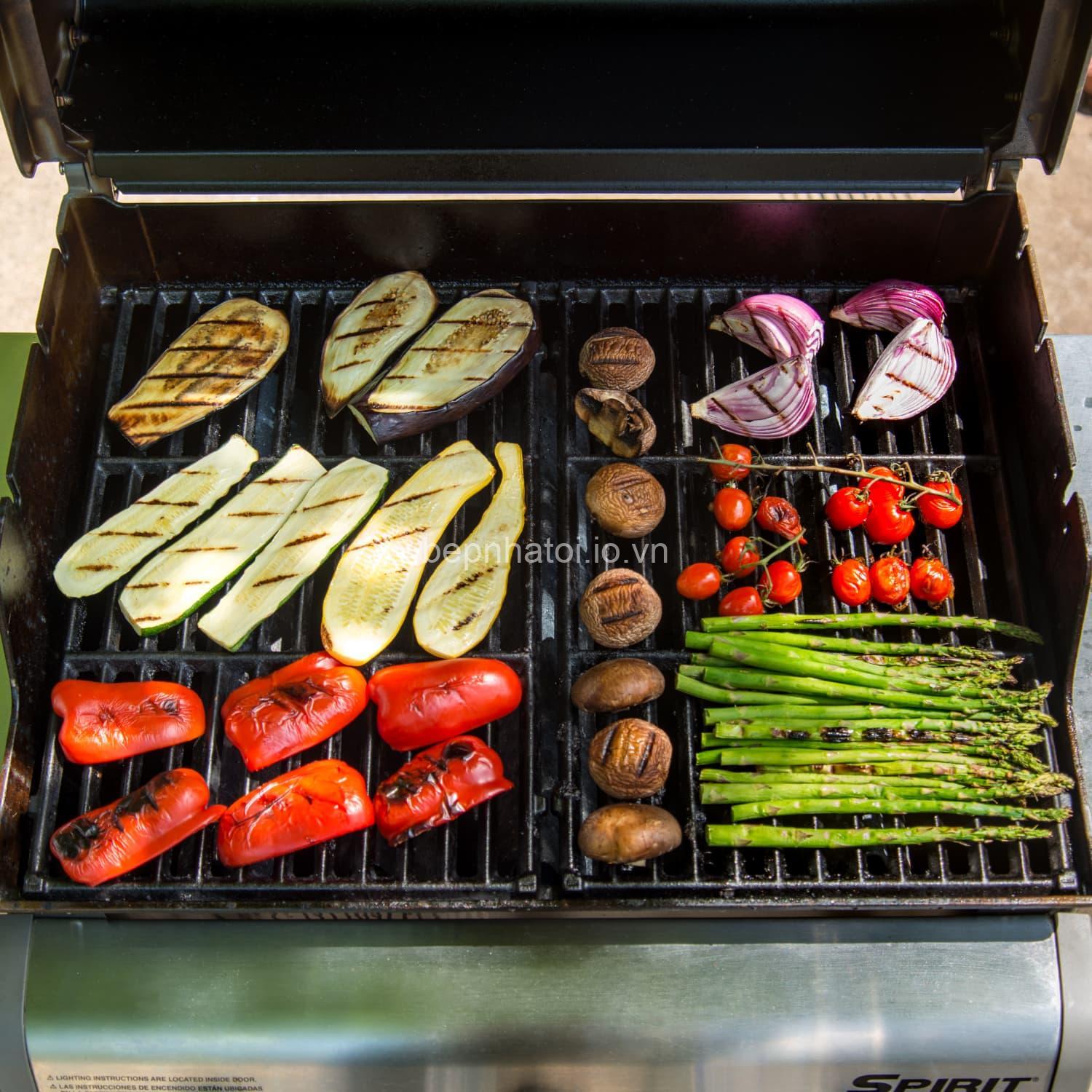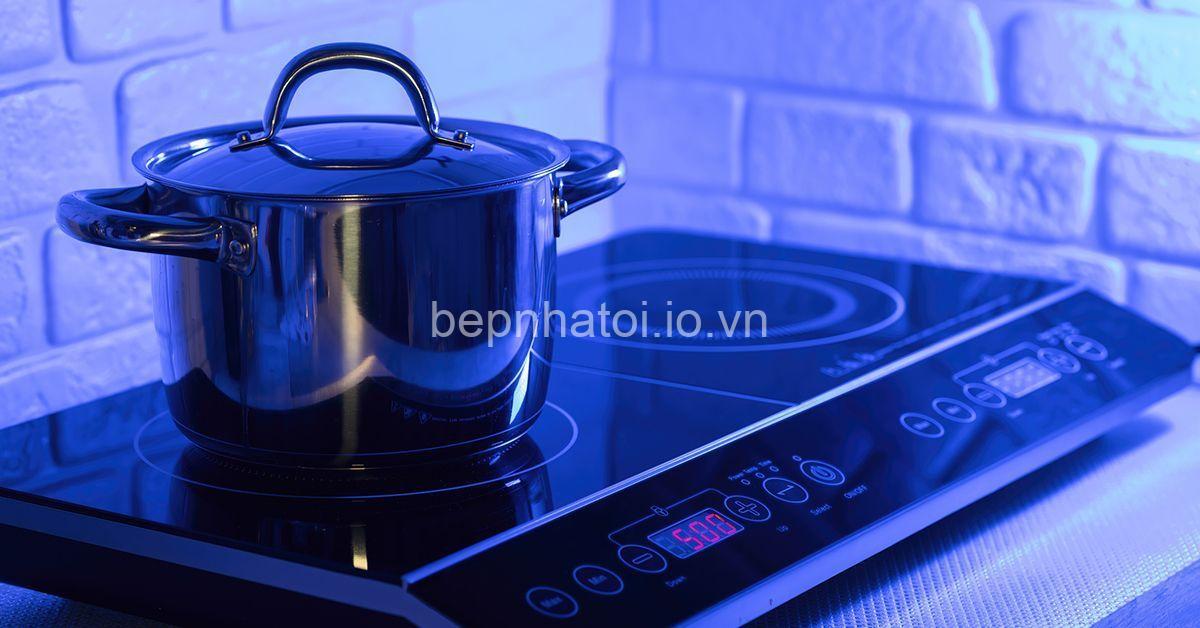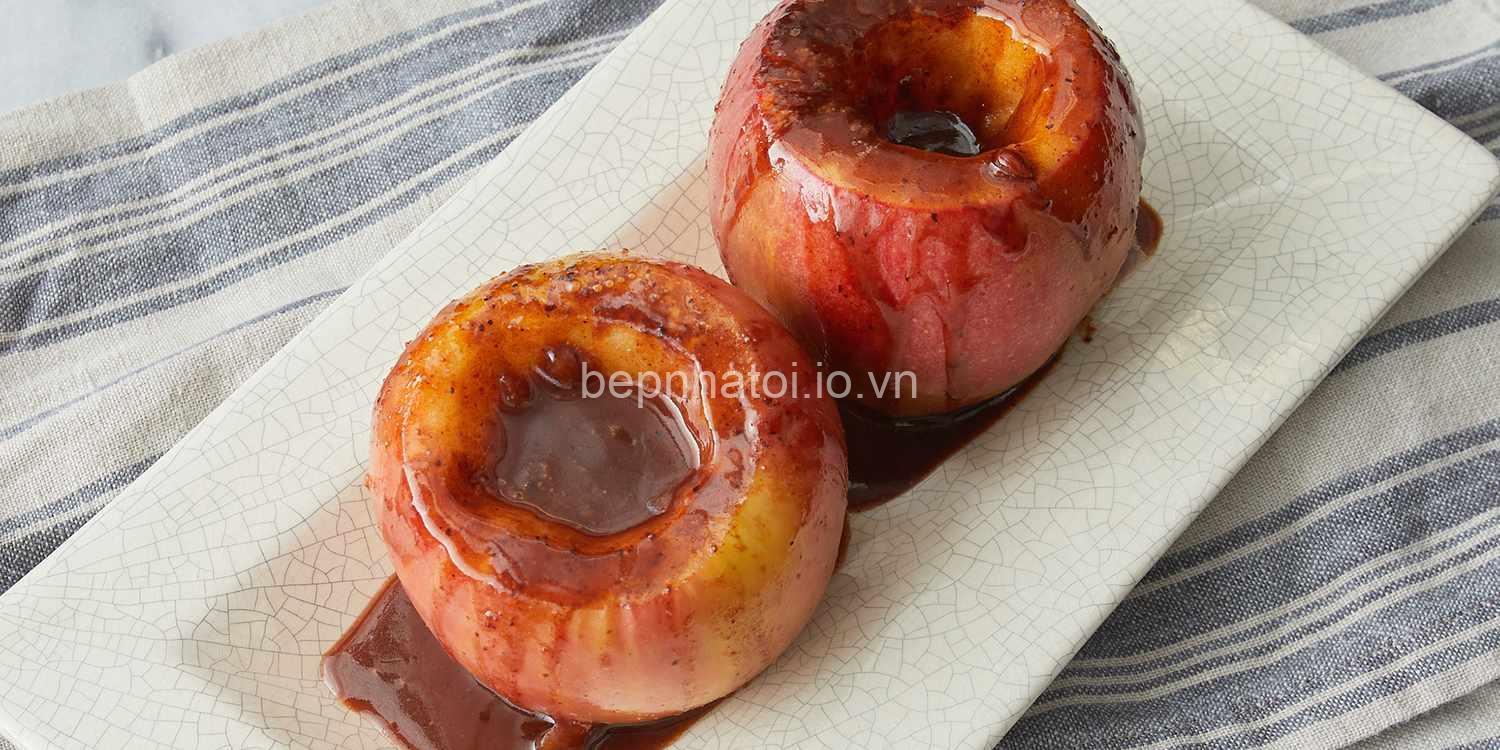
Smoker Temperature Control: A Guide for Consistent Smoking. In today’s article, bepnhatoi.io.vn will explore with you in the most detailed and complete way. See now!
Understanding the Basics of Temperature Control in a Smoker
Maintaining consistent temperature is the key to successful smoking, ensuring your food cooks evenly and develops rich flavor. Temperature influences everything from cooking time and doneness to the depth of smoke infusion. If your smoker’s temperature fluctuates wildly, you risk overcooked or undercooked food, and a lack of that delicious smoky aroma we all crave.
Several factors impact the temperature in your smoker:
- Heat Source: The type of heat source you use – charcoal, wood, or gas – directly affects temperature control. Charcoal and wood offer more control and flexibility but require careful management. Gas smokers offer more consistent temperature but might lack the smoky flavor of wood or charcoal.
- Airflow and Ventilation: This plays a crucial role in regulating the temperature. Vents and dampers control how much air flows into the smoker, impacting the burning rate of fuel and how much heat is generated.
- Fuel Type and Burning Rate: The type of fuel you use affects the burning rate and heat output. Hardwoods, like hickory or oak, produce more heat and have a longer burn time than softer woods, like pine or cedar.
- Water Pan Usage: Water pans help regulate temperature and humidity within the smoker. They absorb excess heat, create steam, and help prevent food from drying out.
- Smoker Design and Insulation: The design and insulation of your smoker also influence temperature stability. Offset smokers tend to fluctuate more in temperature than vertical smokers due to their open design.

Techniques for Maintaining Consistent Temperature
Now that we understand the basics, let’s dive into practical techniques for maintaining consistent temperature.
-
Preheating the Smoker: It’s essential to preheat your smoker before adding food. This ensures a stable base temperature for consistent cooking. Here’s a step-by-step guide:
- Start with a good layer of charcoal or wood in your smoker.
- Light the fuel and allow it to burn until you reach the desired temperature.
- For gas smokers, adjust the burner settings to achieve the target temperature.
- You’ll need to monitor the temperature and adjust the fuel supply or burner settings as needed to maintain a consistent temperature.
-
Monitoring Smoker Temperature: Regularly monitoring temperature is crucial. You can use different types of thermometers to track your smoker’s temperature:
- Analog thermometers are simple and affordable, but they can be less accurate.
- Digital thermometers are more precise and offer digital readouts for easier monitoring.
- Probe thermometers can be inserted into the food itself to monitor internal temperature for precise doneness.
- Place your thermometer in a central location in the smoker for an accurate reading.
- Monitor temperature frequently, especially during the early stages of smoking and when adding more fuel.
-
Adjusting Airflow and Ventilation: This is where the magic happens! Carefully adjusting the vents and dampers allows you to control the temperature precisely.
- Open the vents wider to increase airflow, which will increase heat production.
- Close the vents to reduce airflow and lower the temperature.
- Experiment and learn how your smoker responds to these adjustments to master the art of temperature control.
-
Managing Fuel Sources: Maintaining a steady supply of fuel is essential for keeping the temperature consistent.
- For charcoal smokers, add more charcoal when the existing fuel starts to burn down, avoiding sudden temperature drops.
- For wood smokers, you’ll need to add wood chunks or splits to keep the fire going. Experiment to find the optimal amount of wood for your smoker and the desired heat output.
- Gas smokers usually have a steady supply of fuel, but you’ll need to monitor the burner settings and adjust them as needed.
-
Utilizing Water Pans Effectively: Water pans are your secret weapon for regulating both temperature and humidity.
- Fill the water pan with water before preheating your smoker.
- As the water boils, it creates steam that adds moisture to the smoking environment, preventing your food from drying out.
- The water pan also absorbs excess heat, helping to stabilize the temperature.
Troubleshooting Temperature Fluctuations
Despite your best efforts, temperature fluctuations can happen. Here are some common problems and how to fix them:
- Temperature dropping or rising unexpectedly: This can be caused by several factors.
- Check the fuel levels and add more as needed.
- Adjust the vents and dampers to control airflow.
- Ensure the water pan is filled with water.
- Fluctuations in temperature throughout the smoking process: This might be caused by uneven fuel distribution or poor airflow.
- Re-arrange the fuel source for even burning.
- Adjust the vents and dampers as needed.
- Difficulty maintaining consistent temperature despite adjustments:
- Consider the design and insulation of your smoker.
- Consult the manufacturer’s instructions for specific guidance on temperature control.
Temperature Control for Different Smoking Methods
- Hot Smoking: This method requires maintaining high temperatures for smoking ribs, brisket, and other meats.
- For charcoal smokers, start with a good layer of charcoal and keep adding fuel as needed to maintain the high temperature.
- Wood smokers require careful fuel management to achieve a consistent hot smoking temperature. Experiment with different wood types and quantities to find the right combination for your smoker.
- Gas smokers provide more consistent temperatures, making hot smoking easier.
- Cold Smoking: This method uses lower temperatures for smoking salmon, cheese, and other foods.
- It requires a stable and consistent low temperature environment.
- For charcoal or wood smokers, use a small amount of fuel and control airflow to achieve the desired temperature.
- Gas smokers are not typically recommended for cold smoking because they can be challenging to maintain at low temperatures.
- Offset Smokers: These smokers have a unique design that can present challenges in maintaining a consistent temperature.
- Due to their open design, they can be prone to temperature fluctuations.
- Adjusting airflow is crucial, especially when adding fuel.
- Monitor the temperature frequently and make adjustments as needed to keep it stable.
FAQs on Temperature Control in a Smoker
How can I tell if my smoker is at the correct temperature?
Use a reliable thermometer to accurately measure the smoker’s temperature. Choose a digital thermometer or a probe thermometer for more precision. Place it in a central location in the smoker for a representative reading.
What if my smoker’s temperature is too high?
If the temperature is too high, reduce the airflow by closing the vents and dampers. This will slow down the burning rate of the fuel and lower the temperature.
What if my smoker’s temperature is too low?
If the temperature is too low, increase the airflow by opening the vents and dampers. This will speed up the burning rate and increase the heat output.
How do I know when to add more fuel?
Watch for signs of fuel depletion, such as a diminishing flame or a drop in temperature. Add more fuel before the temperature drops significantly to maintain consistency.
How do I know when my food is done smoking?
Use a meat thermometer to check the internal temperature of your food. The desired internal temperature will depend on the type of meat and how cooked you prefer it.
Conclusion
Mastering temperature control in your smoker takes practice and patience. Experiment with different techniques and learn what works best for your smoker and your desired cooking results. By understanding the basics of temperature control and using these techniques, you can achieve delicious and consistent smoking results every time!
For more helpful information on raising animals and pet care, visit my website at bepnhatoi.io.vn. Share your experiences and tips in the comments below, and remember to share this valuable information with your fellow smoking enthusiasts.






